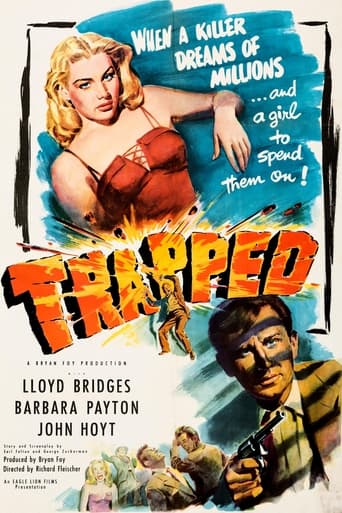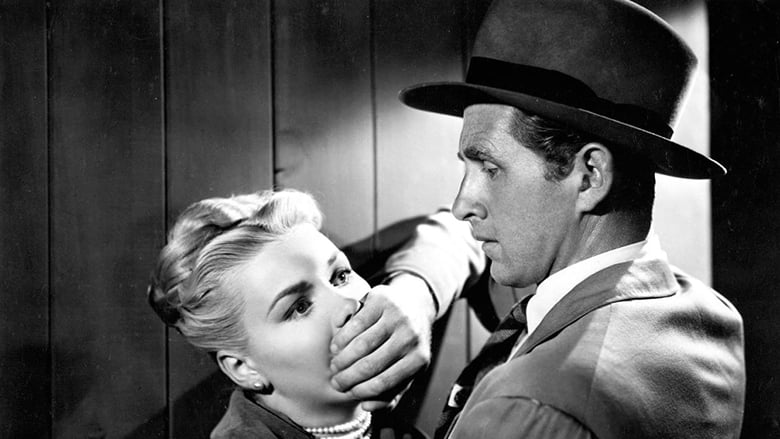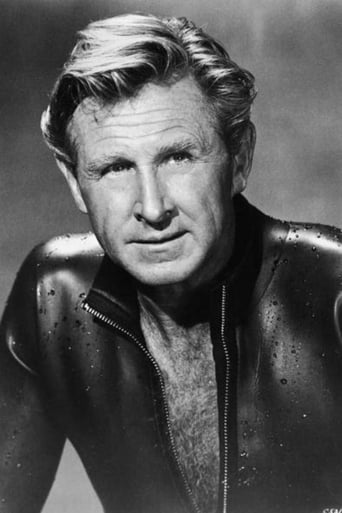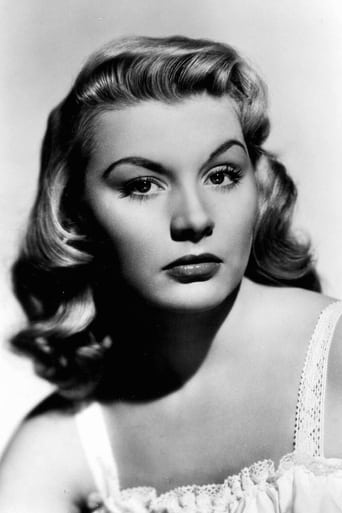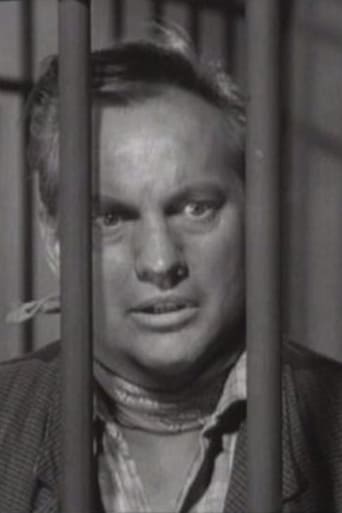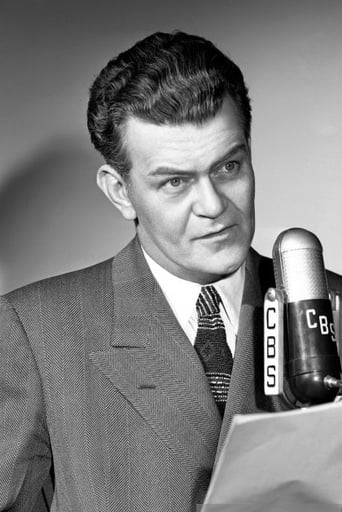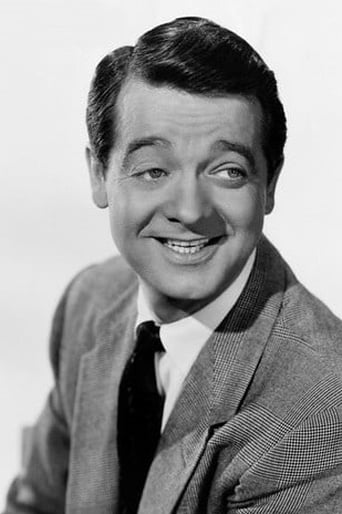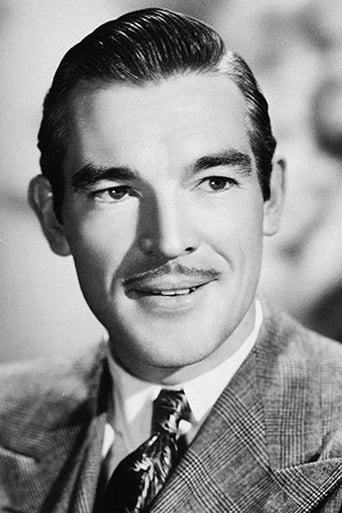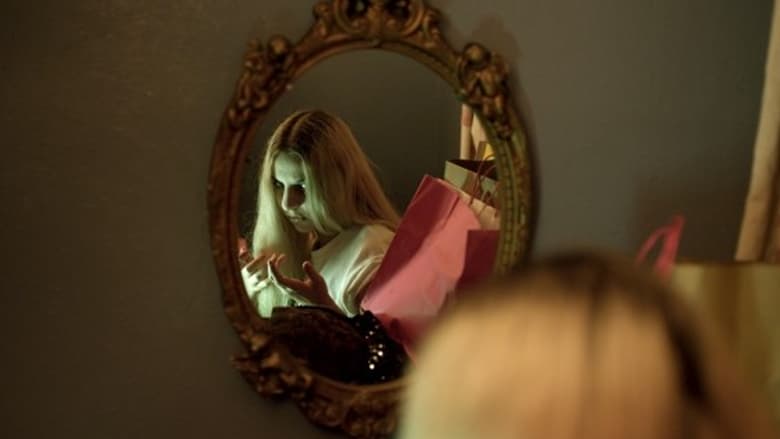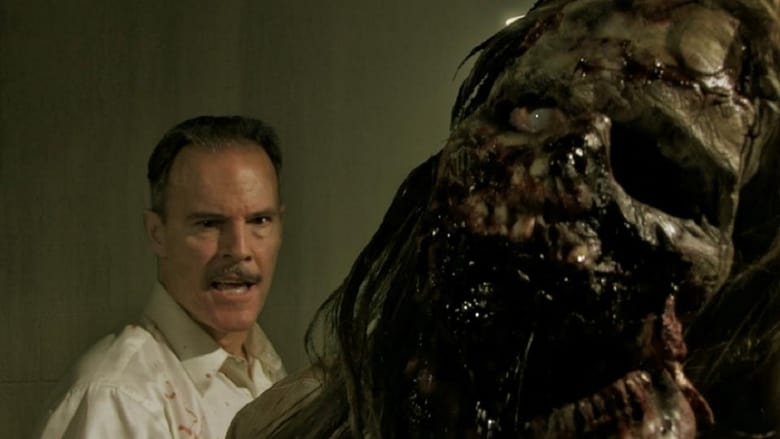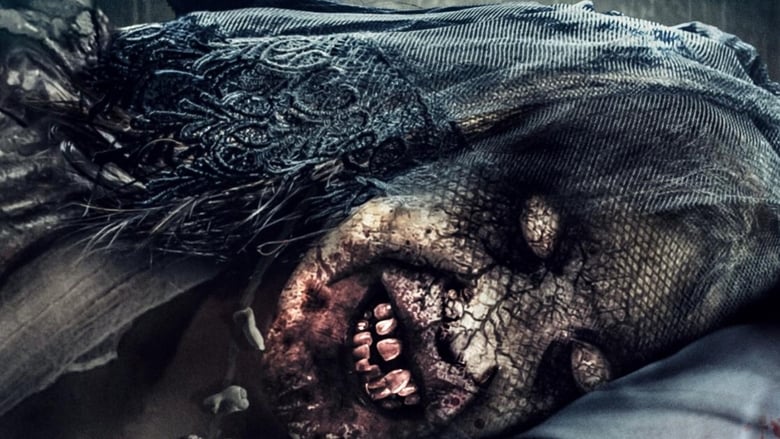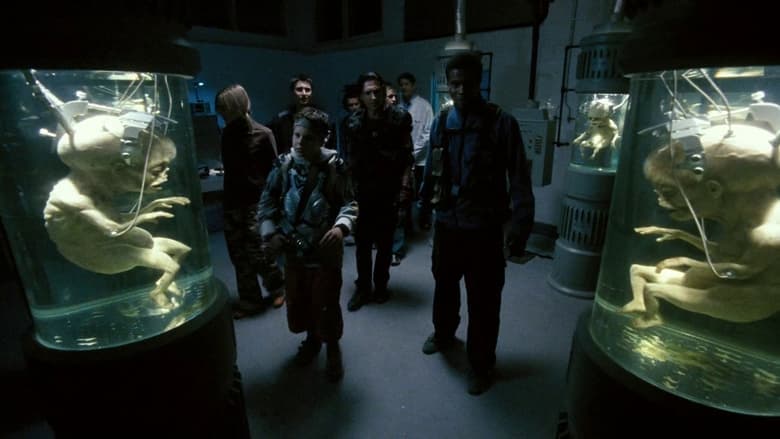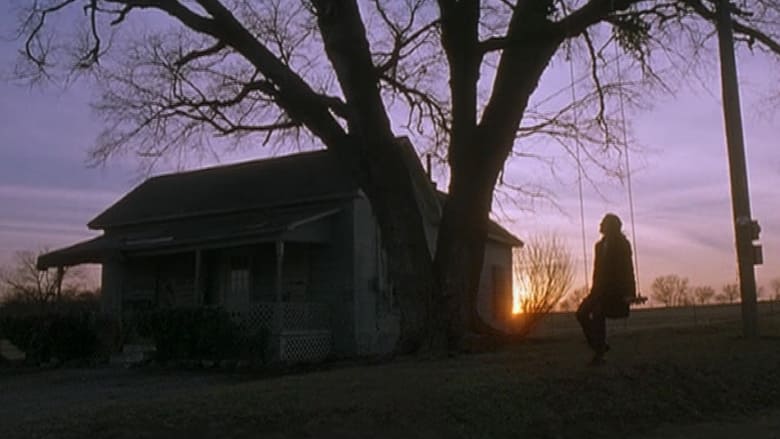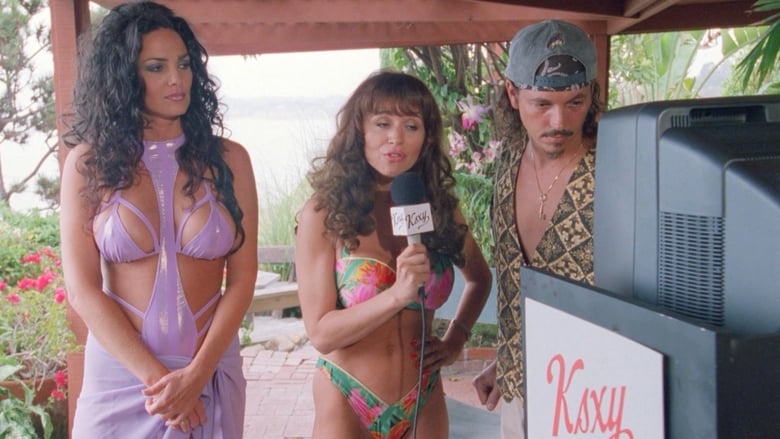Secret Service agents make a deal with a counterfeiting inmate to be released on early parole if he will help them recover some bogus moneymaking plates, but he plans to double-cross them.


Similar titles
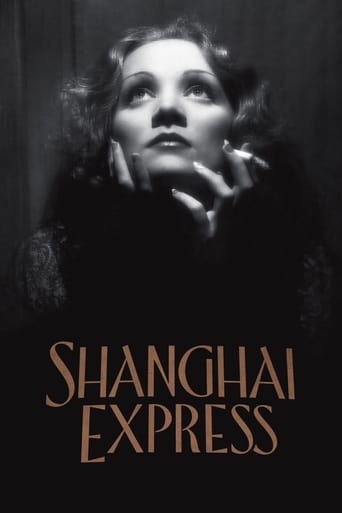

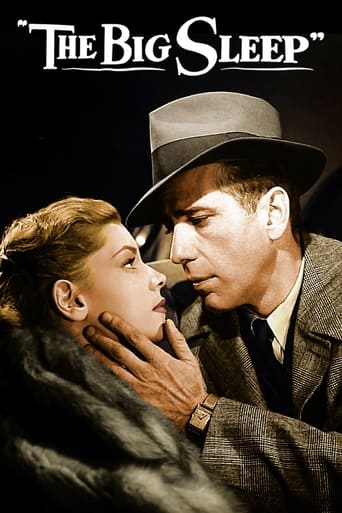
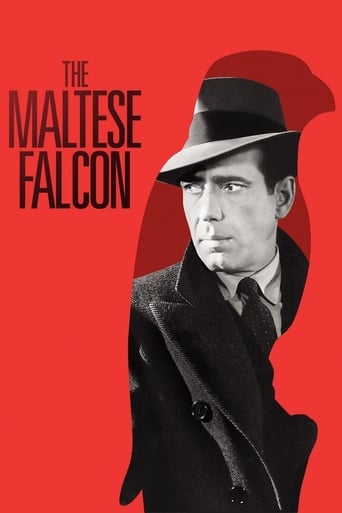
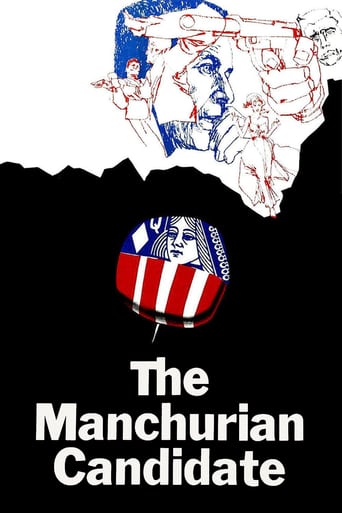
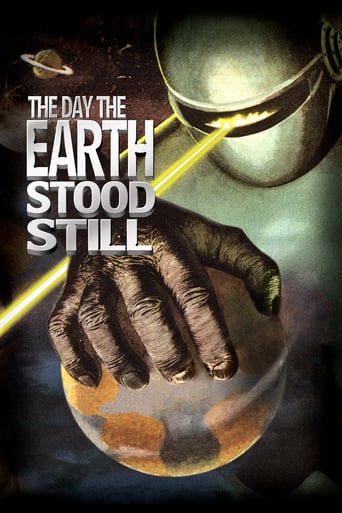
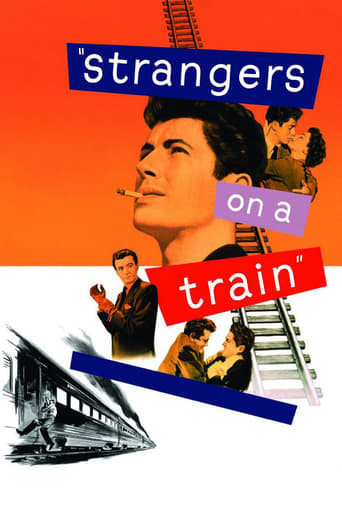

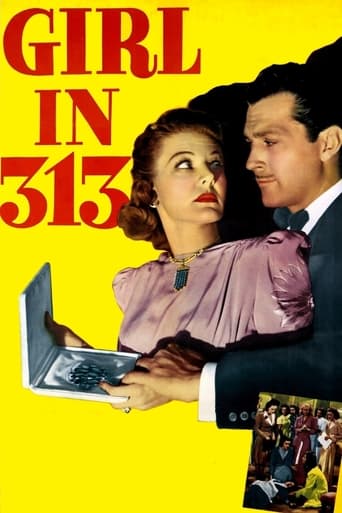
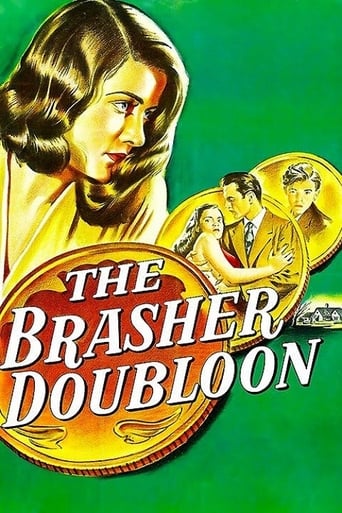
Reviews
Anyone who's seen "T-Men" (1947) will immediately experience a feeling of deja vu during the opening sequence of "Trapped" because the pompous voice-over which is used to give a description of the functions of the U.S. Treasury Department, echoes a similar narration which was used to introduce the earlier film. A rather reverential tone is adopted to extol the virtues of the work done by the Department and to emphasise its particular importance in relation to the printing of money and the pursuit of counterfeiters. Thankfully, however, this heavy handed solemnity soon gives way to normality as the action begins in, what turns out to be, an exciting crime thriller."Trapped" is fast moving and emphasises its film noir credentials by containing plenty of twists, double-crosses and characters with slippery identities. The cinematography is also impressive with extensive use being made of expressionistic lighting and street scenes which are particularly effective. This movie also contains some fistfights which are well choreographed and far more convincing than most of those seen in films of this era.After some counterfeit bills come into circulation and a series of examinations is carried out, it's soon recognised that they must've been produced by using the same engraving plates that had previously been used by convicted counterfeiter Tris Stewart (Lloyd Bridges). Stewart is serving a long prison sentence in Atlanta and agrees to help the Treasury Department to locate the plates in exchange for a reduction in his sentence.Elaborate arrangements are put in place to make it look as if Stewart has escaped from prison so that he can carry out his mission without attracting any suspicion and part of the plan involves him being accompanied by a Treasury Agent. As soon as Stewart is free, however, he attacks the agent and heads off, on his own, to L.A. to meet up with his girlfriend Meg Dixon who works as a cigarette girl in a nightclub and uses the name Laurie Frederick (Barbara Payton).An undercover agent called John Downey frequents the club where Laurie works and uses the name Johnny Hackett (John Hoyt). He poses as a shady character who has plenty of money and gives Laurie large tips. He also flirts with her but she doesn't encourage his interest.Stewart goes to see his ex-partner to collect his share of the money that they made together but finds that it's all been spent and the engraving plates have been sold on to a guy called Jack Sylvester (James Todd). As Hackett has access to plenty of money, Stewart makes a deal with him to use $25,000 of his cash to buy $250,000 of high quality forgeries from Sylvester. A series of unexpected twists then follow before the action reaches its very dramatic and violent conclusion in a shootout during which there are a couple of fatalities which are both shocking in different ways."Trapped" contains some witty dialogue as Laurie comments, "they don't make that kind of dough selling bibles" and proposes a toast by saying "here's to money and the time to spend it". Also, after Stewart goes into partnership with Hackett but doesn't appreciate his interest in Laurie, he says "you're part of the family now and don't forget, that makes Laurie your sister".Lloyd Bridges is totally believable as the violent and calculating Stewart who's never, at any point, actually free of his pursuers. Barbara Payton, in the movie which first brought her to the public's attention, shows a great deal of promise which was never able to be fulfilled as her destructive lifestyle tragically led her into alcoholism and an early death at the age of 39. The remainder of the cast are also consistently good in a movie that's both lively and gripping from start to finish.
"How weary, stale, flat, and unprofitable seem to me all the uses of 'Trapped.'" That's Hamlet, part-time movie critic for the Elsinore Herald-Gazette, writing his review after watching this reverential dud. Trapped instructs us on the excellence of the U. S. Treasury Department's Secret Service, as its agents track down the near-perfect plates for bogus $20 bills, now starting to show up in circulation. The man who made the plates, Tris Stewart (Lloyd Bridges) is in prison, so he can't be the mastermind. Someone, Mr. Big, has those plates and is starting to use them. The Treasury Department works a deal with Stewart. They'll spring him from prison and make it look like a jailbreak. In return, he'll track down his former partner and find out who's responsible for the new stuff. Stewart, however, has a different idea. He'll go along with the phony jail break, but he plans to hook up with his old girl friend, Meg Dixon (Barbara Payton), cut a deal of his own with Mr. Big, then vamoose to Mexico with Meg and as much money, good or bad, that he can fool everyone out of. Only two things stand in his way. First are the shrewd, brave and dedicated men (there are no women in the movie except Payton) of the United States Treasury. Second is the shrewd, brave and dedicated Secret Service agent John Downey (John Hoyt). Trapped is one of those documentary-seeming paeans to the government that Hollywood produced in the late Forties. For the FBI, it was The House on 92nd Street and The Street With No Name. With Trapped, we're given a seven-minute civics lesson on the many praise-worthy activities of the U. S. Treasury, with an emphasis on the reprehensible nature of counterfeiting, At the end of this stentorian, no-nonsense, deeply respectful narration honoring our government at work, I nearly wrote a check to add to my income tax payment. The real problem with Trapped, however, is that it is dull, with journeyman direction and acting. There are one or two solid scenes, including a tough fist fight in a shadowy hotel room and a chase and shootout in the huge shed housing dozens of Los Angeles' electrified streetcars. In between is just one dull scene after another as Stewart tracks down Mr. Big and the Secret Service stays on Stewart's tail. The Secret Service may be always one step ahead of Stewart, but for most of the movie, once we catch on to how good Hollywood is going to make the Secret Service, not much suspense is left. This was one of the first movies Richard Fleischer directed. He had a long, successful career that wasn't particularly distinguished. On the one hand he gave us such interesting or pleasurable movies as The Narrow Margin, Fantastic Voyage, 10 Rillington Place and Soylent Green. But then we have things such as Doctor Doolittle, Mandingo and The Jazz Singer. Poignantly, we can see Barbara Payton and reflect on the lives, if they're unlucky, of lush, blonde, shallow starlets. She managed a handful of movies working with the likes of Gregory Peck, James Cagney and Gary Cooper. Within a couple of years she was enmeshed in scandal. She didn't seem to mind along as she was talked about. Another year or two and her career was over, which seemed to puzzle her. Payton's life was a sad, sordid melodrama, finishing at the age of 39 after alcoholism, public drunkenness and arrests for heroin and prostitution. She loved the attention Hollywood gives starlets, but she had little talent other than her curves.
Ordinarily you'd expect Lloyd Bridges to be tracking down perennial villain John Hoyt. But here the usual roles are reversed-- Hoyt's the government agent and Bridges the small time hood. The movie itself is pretty typical of the docu-dramas of the period. It's the Treasury Department's turn to get the Hollywood treatment with the usual glowing introduction and stentorian narration. Though, like the stellar docu-drama T-Men (1947), the docu part soon gives way to big city noir. However, this film lacks importantly the former's grotesque air of nerve-wracking suspense.Director Fleischer and the writers manage a couple of nice twists, particularly at the beginning. Nonetheless, the script makes a basic error in switching the action from Stewart (Bridges) to Sylvester (James Todd) in the climactic part. (Was Bridges taken ill or otherwise made unavailable.) Unfortunately, Todd simply lacks the screen presence to intimidate an audience or make us loathe him, whereas Bridges can snarl and menace with the best of them. Thus the last third fails to generate the kind of mounting dread required of an A-grade suspenser. Then too, Hoyt's basically cold demeanor and cruel looks don't arouse much natural sympathy that would encourage you to identify with him. Thus, the suspense is further weakened by what should be an emotional interest in the treasury agent's fate. The casting here really is a departure from the expected and to the movie's detriment.Note how the culminating shootout takes place at an industrial site-- the overnight barn for LA's late, lamented trolley system, where we get a look at what could have eased LA's horrendous traffic problem. Actually, industrial sites crop up in the climax of a number of crime dramas of the period-- White Heat (1949), 7-11 Ocean Drive (1950), Union Station (1950), et al. I guess producers of the time figured running around big machines and shooting at each other would make for colorful audience excitement. Of course, the movie's also notable for the presence of notorious Hollywood bad-girl Barbara Payton, who was involved in several tawdry Hollywood scrapes and apparently ended her brief life as something of a cut-rate call girl ("Hollywood Babylon"). Whatever the direction of her private life, she's quite good here as Bridges' shapely blonde moll.Anyway, for its type, the movie's average at best.
****SPOILERS**** Semi-documentary movie about a convicted counterfeiter Tris Stewart, Lloyd Bridges, allowed to escape from custody as he was being transferred from Atlanta to Kansas City in order to have him unwittingly help the FBI and police find the counterfeit ring using the plates that he had hidden to flood the West cost with fake $20.00 bills. Tris get in touch with his girlfriend Laurie, Barbara Payton, in L.A not knowing that her apartment is being bugged by the FBI. With the police knowing every move that Tris is making they set up a trap for him only after he finds who's printing the phony money and where the fake $20.00 bill plates are. Tris finds out from his former partner Sam Hooker, Douglas Spencer, that he sold the valuable plates to an investment consultant in L.A named Jack Sylvester, James Todd. Going to Sylvester's office in downtown L.A Tris strikes a deal with him on getting 250 grand in fake money for 25 thousand in real money from him saying that he can have it by the next day. Laurie who works as a cigarette girl at the Chanteclair Night Club knows a big spender named Johny Hackett,John Hoyt, who's ready to lay out the cash for Tris so he can share the 250 thousand in fake money. What Laurie and Trish and Sylvester don't know is that Johnny Hackett is really John Downey Federal Agent. Everything is going well until one night Laurie overhears at the club one of the costumers who recognizes Johnny as working for the Fed's. Laurie ends up telling Tris about Johnnys real intentions with setting up the deal in order to trap him and Sylvester. Tris instead of telling Sylvester about it kidnaps Johnny and has him drive out to a deserted beach and when he tries to shoot him Johnny turns and knocks Tris out. With Tris behind bars Johnny now has to think fast to get Sylvester and the plates and his gang apprehended. Johnny then goes to Sylvester's office and tells him that Tris was caught by the police and is talking and not to answer any phone calls; knowing that Laurie will call him and expose him to Sylvester as a Federal Agent. Johnny talks Sylvester into leaving his office and take him to his hideout where he has his counterfeit operation in order to seal the deal with the 250 thousand fake to 25 thousand real money switch. Sylvester in return plans to take the real money and counterfeit plates and check out of the country to Mexico. Johnny also got in touch with the police to follow him and come to his aid when he's in danger of being found out since he doesn't have the 25 thousand in real money to make the exchange.Laurie not being able to contact Tris, in her not knowing that he's in police custody, gets it touch with one of Sylvester's hoods and they both head for his hideout. Johnny taking his time counting the money he's getting in the switch gives the police and FBI time to get there and rescue him. When Laurie arrives and tells Sylvester what Johnny is really all about all hell breaks loose and just in the nick of time the police arrive. For what I still can't understand Sylvester shoots and kills Laurie and then makes a run for it along the railroad tracks outside his hideout. Getting on top of a train car Sylvester sees that he's trapped and puts his hands up to give himself up but there's a live wire over his head that he doesn't see and when his hands touch it Sylvester gets electrocuted. Pretty good Film Noir movie but with one major flaw; Why did Sylvester shoot Laurie who did nothing to set him up to be caught by the police at the end of the film and not shoot Johnny who did? Lloyd Bridges and Barbara Payton really had sparks flying and electricity surging in all their scenes together and I guess the motto of the movie "Trapped" is "Crime does not pay; Even in counterfeit money!
